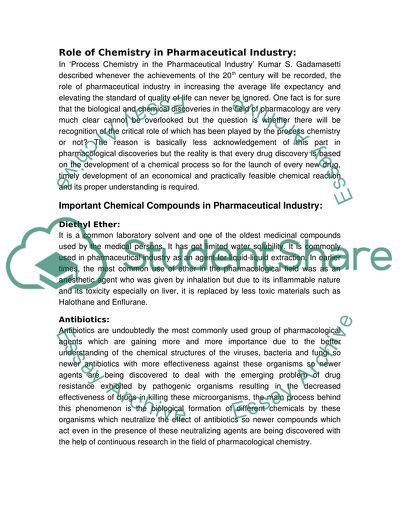Cite this document
(Role of Chemistry in Pharmaceutical Industry Coursework, n.d.)
Role of Chemistry in Pharmaceutical Industry Coursework. https://studentshare.org/chemistry/1737084-chemistry
Role of Chemistry in Pharmaceutical Industry Coursework. https://studentshare.org/chemistry/1737084-chemistry
(Role of Chemistry in Pharmaceutical Industry Coursework)
Role of Chemistry in Pharmaceutical Industry Coursework. https://studentshare.org/chemistry/1737084-chemistry.
Role of Chemistry in Pharmaceutical Industry Coursework. https://studentshare.org/chemistry/1737084-chemistry.
“Role of Chemistry in Pharmaceutical Industry Coursework”. https://studentshare.org/chemistry/1737084-chemistry.


